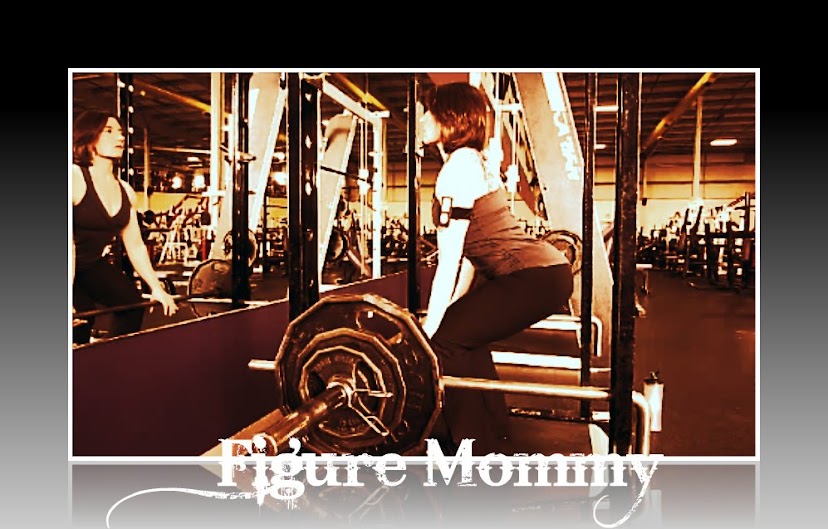
The Athlete's HeartYou know how you hear gym junkies (like me!) talking about their splits a lot? Shoulders, Back, & Abs on Monday & Friday, Chest, Biceps, &Triceps on Tuesday and Thursday, Legs on Wednesday and Saturday, Sunday rest - that type of thing. It’s just that, for some, there’s one more muscle that’s been getting worked, growing new muscle fibers, and dramatically changing in overall structure. It’s been getting trained all six days of the split; it’s an important muscle,
the heart.
This summer I popped up with a pattern of pre-hypertension blood pressure readings, 134-140 / 74-90. This was new; I always used to have nice low readings in the healthy <120/<80 range. I thought I’d be proactive about it so I signed up for a $50 “Take Heart” screening at a nearby hospital. My fasted blood sugar, triglycerides, and “good” and “bad” cholesterol readings were all within normal bounds and I managed a better than usual 128/74 BP reading.

I was pleased and largely forgot about it until my ECG reading came back in the mail with abnormalities: a Right Bundle Branch Block (RBBB) and a sinus arrhythmia. The RBBB is the freaky one. If you Google it you get a nice big list of heart disease variants as the potential cause so I decided to see a cardiologist to answer questions.
At my cardiology appointment they did a new ECG and then the cardiologist began chatting me up. He noted that I had filled out “exercise 6 days a week” on the intake paperwork and inquired what I did. I got about a minute into describing my training for bodybuilding and having just done my first powerlifting competition when he said, “you may have just explained your problem. Your abnormality may just be Athlete’s Heart.”
I’d never heard of that. Apparently, long-term athletic activity is known to cause morphological and functional changes in the heart characterized as left ventricle cavity dimension changes, wall thickness and mass increase, and rhythm conduction changes. Taken together these changes are collectively known as “Athlete’s Heart Syndrome.” My cardiologist ordered an Echo-cardiogram to look into it further and sent me on my way.
Not being one to sit idly by with a rather important body part in question I took advantage of my access to a university library and found myself deep in the periodicals section rousting up the September 2009 installment of the
British Journal of Sports Medicine. I was seeking an article entitled “12-lead ECG in the athlete: physiological versus pathological abnormalities,” but as it turned out the entire journal issue was centered upon sudden cardiac death in athletes. Perfect!
We’ve all heard at least one news story about the uber fit young healthy triathlete, ironman, marathoner, bodybuilder, soccer player, world class swimmer, etc. who was young, the quintessential picture of health, and suddenly dropped dead from cardiac arrest either during or immediately after competing in their sport. How and why does that happen? It just doesn’t seem right. I’ve always wondered myself how that happens. Now that I've learned why, let me share it with you. It’s pretty damn interesting.
The ECG is not part of a sports physical in our country, nor in many others. In fact, Italy is the only country mentioned in my research that makes an ECG a required aspect of athletic screening. You see, an ECG will identify abnormalities of the heart that can either be “non-threatening” Athlete’s Heart Syndrome or insidious underlying sneaky heart conditions that left unidentified and undealt with can kill an athlete at the height of an adrenaline pumped competition. An ECG is not a foolproof tool for warding off such happenings though. You see, the pathological abnormalities telling of various heart diseases and the physiological changes indicative of Athlete’s Heart are easily mistaken for one another.

I’m in good company, 40% of athletes have been found to have abnormal ECG findings. Dividing up these abnormalities into two categories, common and training-related and uncommon and training-unrelated, is essential. The Corrado article features a table (see above) classifying ECG changes amongst the two categories. My first ECG was interpreted and printed out with a Right Bundle Branch Block finding which falls into the uncommon and training-unrelated category.

When my cardiologist did a second ECG he was leaning towards calling my abnormality either an Incomplete RBBB or a Nonspecific Intraventricular Conduction Defect. This epitomizes the diagnosis issues as RBBB indicates a potential heart disease while Incomplete RBBB is merely training-related and non-threatening.
After my echo-cardiogram I was told that my heart wall thickness was within normal bounds and thus I did not exhibit Athlete's Heart Syndrome. I was actually a little disappointed to hear that as it is an interesting morphology and is
not detrimental. Why not have a ripped heart to go with your cut biceps? ;) Instead, a nurse told me that I had a non-specific intraventricular conduction defect. According to the articles in
BJSM that's a known ECG marker for Arrhythmogenic Right Ventricle Cardiomyopathy / Dysplasia, which as the long hard to pronounce name infers,
is bad. I made another appointment to find out what all this did or didn't mean and found out that my nonspecific intraventricular conduction defect is (happily!) not the type to indicate ARVC/D. Mine falls within the category of Lenegre disease and, I'm told, is not concerning. My cardiologist expects that I may progress to a full Right Bundle Branch Block in my lifetime, but he also mentioned his own Lenegre type Left Bundle Branch Block nonchalantly in the same sentence.
The impetus for this post has been very drawn out: from my initial high blood pressure in August, my abnormal ECG in October, Cardiologist appointment in November, Echo-cardiogram in December, and followup and clarification in January. But here we are fast approaching Valentine's Day - isn't a post about
The Athlete's Heart perfectly appropriate? ;)






